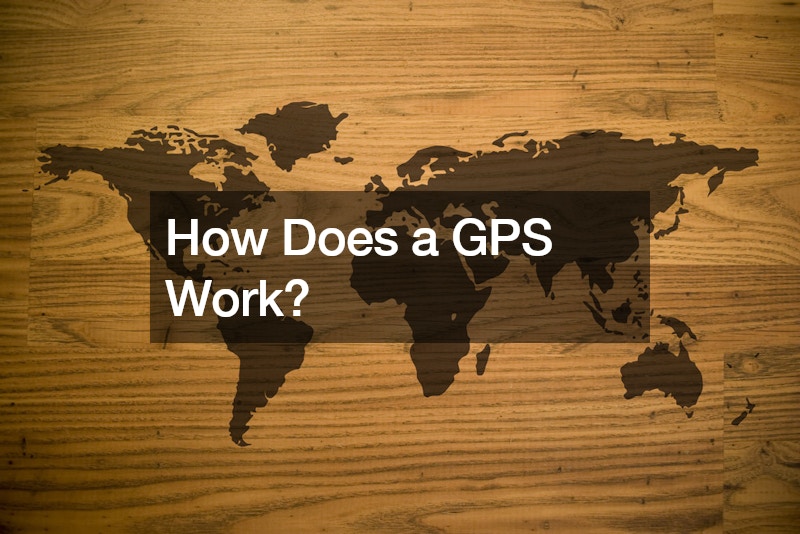Global Positioning System (GPS) technology is a ubiquitous part of modern life, powering everything from navigation systems in cars to location services on smartphones. Understanding how GPS works requires delving into its underlying principles.
At its core, a GPS tracking system relies on a constellation of satellites orbiting the Earth. These satellites continuously broadcast signals containing precise timing information and their current location.
By receiving signals from multiple satellites simultaneously, a GPS receiver can calculate its exact position through a process called trilateration.
Trilateration involves measuring the time it takes for signals to travel from the satellites to the receiver. Since the signals travel at the speed of light, the receiver can determine the distance to each satellite based on the time delay. By intersecting the distance measurements from multiple satellites, the receiver can pinpoint its location in three-dimensional space.
To ensure accuracy, GPS receivers typically require signals from at least four satellites. Additionally, factors like atmospheric interference and signal blockage can affect the accuracy of GPS measurements.
Once the receiver calculates its position, it can provide real-time location information, speed, and heading to users. This information forms the basis for various applications, including navigation, tracking, and mapping.
In summary, GPS works by leveraging signals from satellites to precisely determine a receiver’s location through trilateration, enabling a wide range of location-based services and applications.





